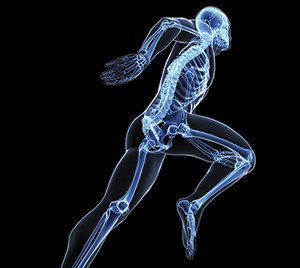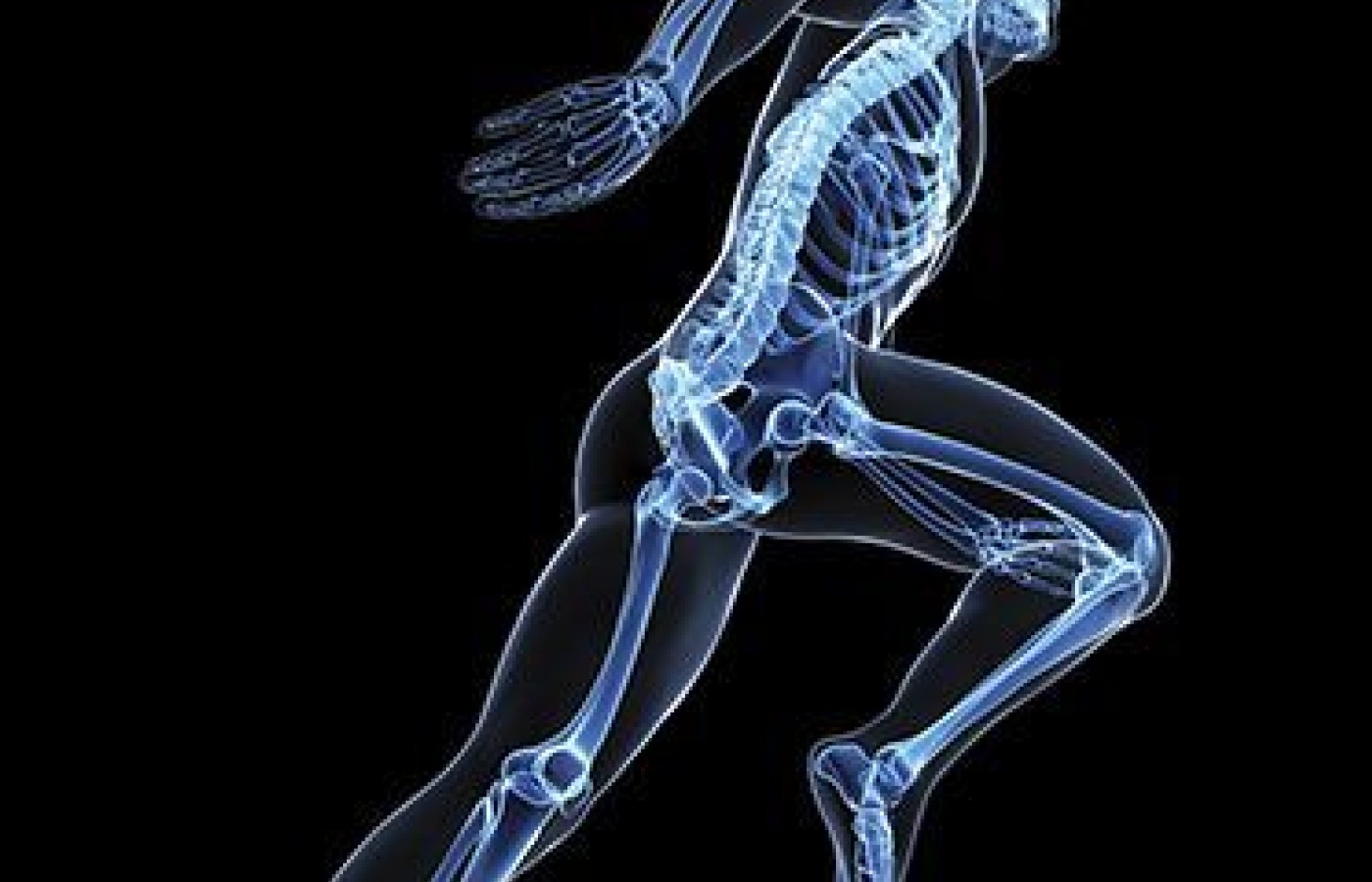New York's highest court of appeals has held that no-fault insurers cannot deny no-fault benefits where they unilaterally determine that a provider has committed misconduct based upon alleged fraudulent conduct. The Court held that this authority belongs solely to state regulators, specifically New York's Board of Regents, which oversees professional licensing and discipline. This follows a similar recent ruling in Florida reported in this publication.
Diagnose Sprain Injuries in MVA Cases With Dynamic X-Rays
Am I the only person to notice hospitals are doing a seemingly insufficient job lately in their initial radiological workup of motor vehicle accident (MVA) victims? Oftentimes when you request the hospital records, you will find no radiographic workup or only a simple three-view series of the cervical spine has been performed. I noticed this happening more and more starting in 2010. At that time, most of the personal-injury cases I saw were referred to me by medical physicians in my general area. I also began to notice that many of the same medical physicians suggested the patient wait 2-3 weeks before beginning chiropractic care.
I was more than a little taken aback. How could someone not trained in the art, science and practice of chiropractic health care presume to know what's best for the patient when it comes to receiving chiropractic care? But wait – were they actually onto something? After all, we are excellent at reducing pain, spasm and increasing range of motion through our manipulative procedures.1
The guidelines for patients presenting to hospital emergency rooms for evaluation of injuries sustained in motor vehicle accidents have changed over the past 15 years. The change in protocol was based on information gathered from the National Emergency X-Radiography Utilization Study (NEXUS).2 Cervical spine imaging is now recommended in the case of motor vehicle trauma only if at least one of following is present:
- Posterior midline cervical tenderness
- Evidence of intoxication
- Patient not alert and oriented to person, place, time and event
- Focal neurological deficit
- Painful distracting injury (e.g., long-bone fracture)

If the C7-T1 vertebral interface is not clearly visible on the LCN, then a swimmers view is recommended.3-4 Thus, the patient may not be imaged at all prior to entering the chiropractic physician's office for evaluation, yet may have been cleared by the emergency room based on today's protocols for ER management.
The physiological process that occurs during the first four weeks of care is quite dramatic, as the patient moves through the inflammation stage into the repair stage of healing. When the patient suffers an acute traumatic injury, spasm occurs as a direct result of injury to the musculature and spastic muscle guarding develops to stabilize the injured area.5 Flexion and extension X-rays taken in the acute stage of injury may be limited due to the patient's inability to move sufficiently to evaluate properly for sprain injury.6
Once spastic muscles relax due to the alleviation of the pain through the healing process and provider intervention, the body naturally relies once again upon ligamentous structures to stabilize the spine.6 It is at this stage that radiographic evidence of ligamentous and/ or discal injury noted by slippage potentially becomes evident on a follow-up radiographic examination of the area.7 It is worthwhile to note that even three weeks after the accident, injured soft tissues have only recovered to 15 percent of their normal strength.8
The use of follow-up X-rays, more accurately dynamic X-rays, has become quite useful in determining if slippage exists, thereby indicating a sprain injury.5 Slippage describes an active change in vertebral position in the sagittal plan between two adjacent vertebrae.9 Slippage should always be considered a reliable sign of spinal ligament and/or discal injury until proven otherwise.14,16
An example would be an individual imaged in the flexion view whose C-5 vertebrae moves forward from its resting position in the lateral cervical neutral X-ray. This would be described as an anterior slippage in the flexion projection, anterior slippage or spondylolisthesis of C5. Remember that ligamentous injuries project sclerotogenous referral patterns, so familiarization with these patterns can be helpful in identifying an accurate diagnosis.10
ICD-10 coding requires that you select the proper code for strain, sprain or both with your submitted diagnosis. Dynamic X-rays can assist you in documenting the correct ICD-10 code and diagnosis if slippage were absent on your initial study; however, your clinical suspicions suggest an injury more significant than strain alone.
The examination, when performed in approximately the third or fourth week of care, and after a sufficient amount of muscle spasm has been reduced, has the potential to demonstrate areas of slippage. The recommendation from the American College of Radiology is to perform the examination approximately one week following a moderate reduction in muscle spasm in patients who continue to experience ongoing symptomatology.11
In order to perform the test, image lateral cervical neutral, flexion and extension views, remembering to have the patient bend fully in flexion and extension to the extent able or as limited by pain.7 Tucking the chin prior to fully flexing the cervical spine in the flexion projection, and elevating the chin prior to fully extending the cervical spine in the extension projection, is recommended to image an optimal study.24 The study is not valid to make a determination of ligamentous instability if the flexion or extension projection does not move at least 30 degrees in either plane.12 However, as Insko, et al., concluded, "When adequate motion was present on F/E films, the false negative rate was zero."29
References
- Yeomans SG. "Chiropractic Adjustment." Spine-Health.com, last updated March 14, 2013.
- Hoffman JR, Wolfson AB, Todd K, Mower WR. Selective cervical spine radiography in blunt trauma: methodology of the National Emergency X-Radiography Utilization Study (NEXUS). Ann Emerg Med, 1998 Oct,32(14):461-9.
- Morris CGT, McCoy E. Clearing the cervical spine in unconscious polytrauma victims, balancing risks and effective screening. Anaesthesia, 2004;59:464-482.
- Gasboy E. Clearing the Cervical Spine. Wikapedia 2004 July 7.
- Foreman A, Croft S. Whiplash Injuries The Cervical Acceleration/Deceleration Syndrome. Baltimore: Williams & Wilkins, 1995: pp. 342-343.
- Foreman A, et al. Op Cit, p. 53.
- Singh AP. "Flexion and Extension X-Rays of the Cervical Spine." Bone and Spine (online), Sept. 8, 2015.
- Foreman A, et al. Op Cit, p. 454.
- "Vertebral Slippage (Spondylolisthesis & Retrolisthesis)." Spinal-Foundation.org.
- Croft A. "What Causes Those Symptoms, Doctor?" Dynamic Chiropractic, Oct. 23, 1992.
- Demetrious J. Post-traumatic upper cervical subluxation visualized by MRI: a case report. Chiro Osteopat, 2007;15(20). Published online Dec. 19, 2007.
Gatterman B. "Guidelines in the Use of Radiography in Chiropractic." Dynamic Chiropractic, June 6, 1997. - Como J, et al. Cervical spine injuries following trauma. J Trauma, September 2009;67(3):651-9.
- "X-Ray Procedure Protocol." (2007-2008) DigitalSpinalDiagnostics.com, 2007-2008.
- Eggleston S. "Accurate Prognosis in Personal-Injury Cases Using George's Line." Dynamic Chiropractic, March 26, 2010.
- Daley BJ, et al. "Considerations in Pediatric Trauma." Medscape.com, updated Nov. 4, 2015.
- Ivncic PC, Pearson AM, Panjabi MM, Ito S. Injury of the anterior longitudinal ligament during whiplash simulation. Eur Spine J, 2004 Feb;13(1):61-68.
- Graber M, Kathol M. Cervical spine radiographs in the trauma patient. Amer Fam Phys, Jan. 15, 1999.
- Sheng-Dan J, Lei-Sheng J, Li-Yang D. Degenerative cervical spondylolisthesis: a systematic review. Int Ortho, Jan. 25, 2011;35(6):869-75.
- Choi SJ, Shin MJ, Kim SM, Bae SJ. Non-contiguous spinal injury in cervical spinal trauma: evaluation with cervical spine MRI. Korean J Radiol, Oct-Dec 2004;5(4):219-24.
- White A, Panjabi M. Clinical Biomechanics of the Spine. Philadelphia: J. B. Lippincott Company, 1978: pp. 224-5.
- Beck RW, Holt KR, Fox MA, Hurtgen-Grace KL. Radiographic anomalies that may alter chiropractic intervention strategies found in a New Zealand population. J Manip Physiol Ther, 2004 Nov;27(9):554-559.
- Lin RM, et al. Characteristics of sagittal vertebral alignment in flexion determined by dynamic radiographs of the cervical spine. Spine, 2001 Feb 1;26(3):256-61.
- Foreman A, et al. Op Cit, pp. 194-5.
- Yochum T, Rowe L. Essentials of Skeletal Radiology. Baltimore: Williams & Wilkins, 1987: p. 21.
- Mccall T, et al. Cervical spine trauma in children: a review. Neurosurg Focus, 2006;20(2):E5.
- Shaw M, Burnett H, Wilson A, et al. Pseudosubluxation of C2 on C3 in polytraumatized children: prevalence and significance. Clin Radiol, 1999;54:377-380.
- Radiological Imaging & Other Tests (Last viewed on 09-18-15) Spine & Injury Clinic of Laramie, P.C.Retrieved from [url=http://spineandinjuryclinic.com/x-ray.aspx]http://spineandinjuryclinic.com/x-ray.aspx[/url]
- "Lumbar X-Rays: A Systematic Approach." NeurosurgeryBasics.com.
- Insko EK, Gracias VH, Gupta R, Goettler CE, Gaieski DF, Dalinka MK. Utility of flexion and extension radiographs of the cervical spine in the acute evaluation of blunt trauma. J Trauma, 2002;53:426-429.



